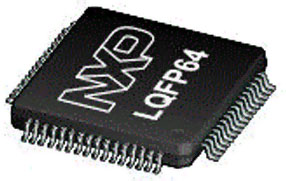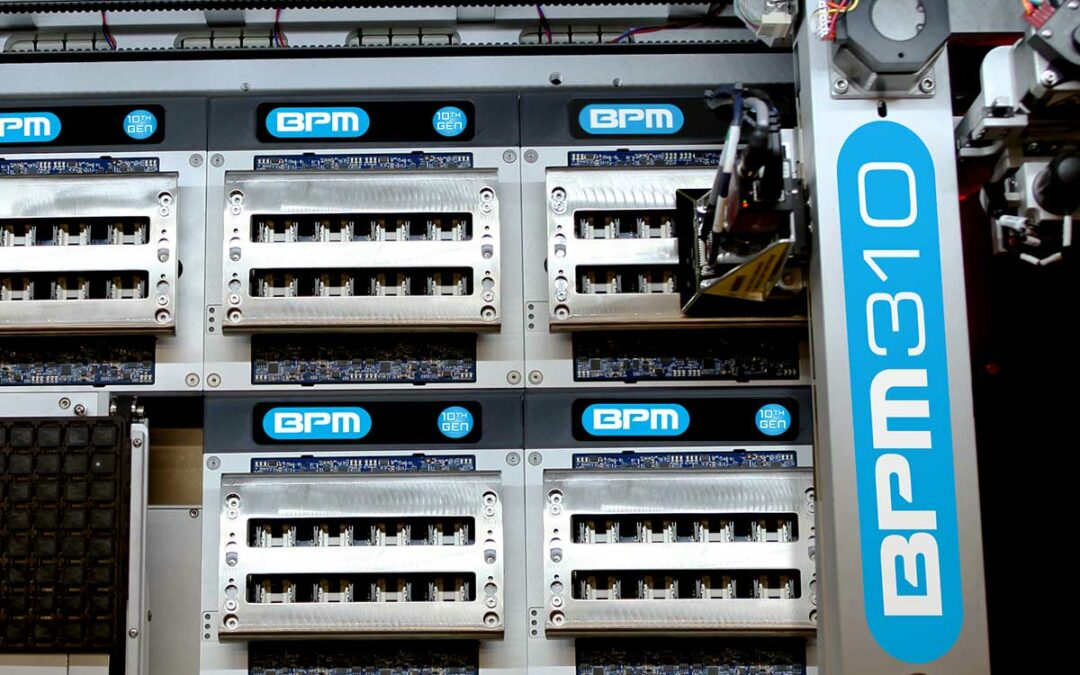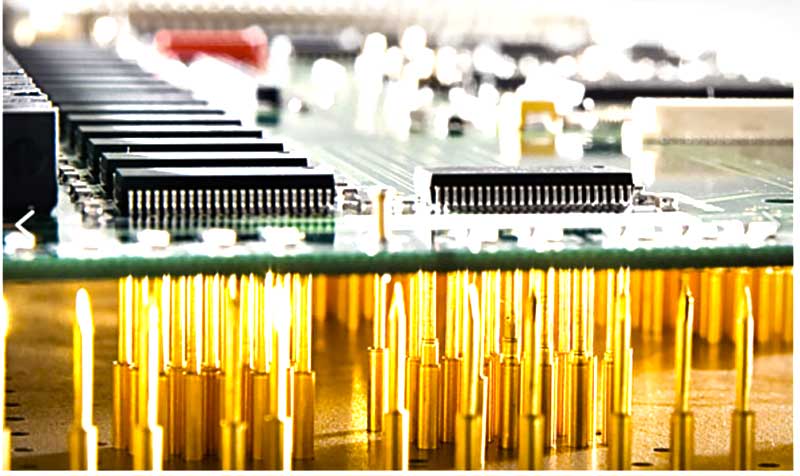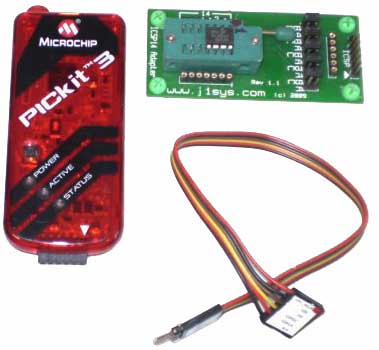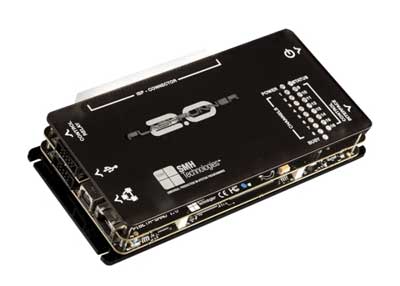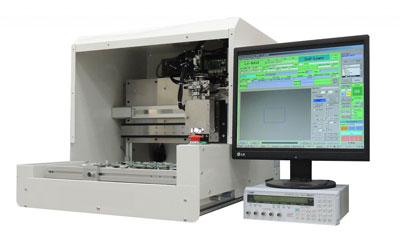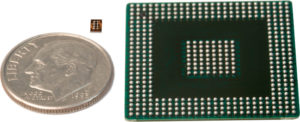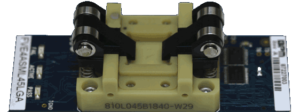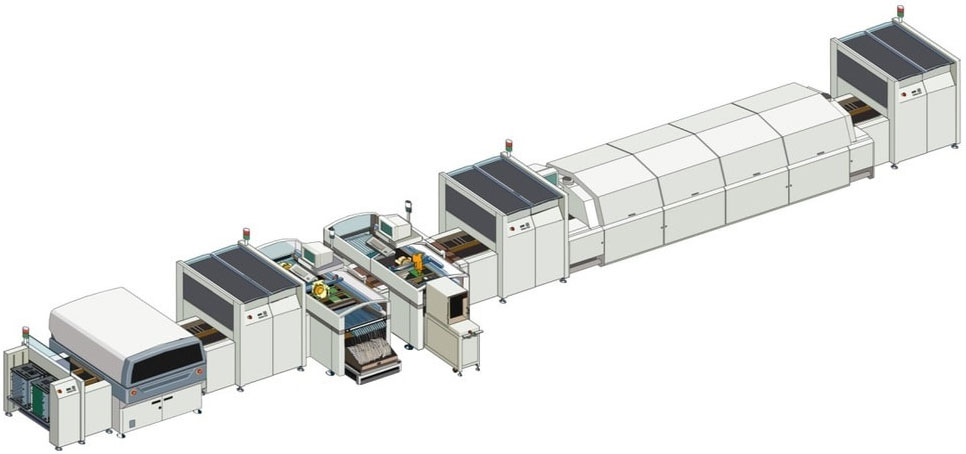
Easy Device Programming
Easy Device Programming
Device programming has never been more essential in this digital age. These tiny chips are the brains of almost every device we use today, from smartphones to cars, and even to the most advanced medical and industrial equipment. Programming these devices, however, can be a complex and time-consuming process. That’s where BPM Microsystems comes into play, making device programming easier and more efficient than ever before. This article explores how BPM Microsystems outperforms other types of programming and brands in the market.
Device Programming: A Brief Overview
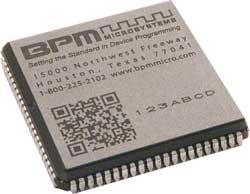 Device programming, at its core, involves loading data into a semiconductor device such as a microcontroller, programmable logic device (PLD), or memory chip. This allows the device to perform its specific functions.
Device programming, at its core, involves loading data into a semiconductor device such as a microcontroller, programmable logic device (PLD), or memory chip. This allows the device to perform its specific functions.
There are various methods of device programming, including in-line, onboard (programming at ICT or Functional Test), and offline programming. Each of these methods has its own set of advantages and disadvantages. In-line programming, for instance, integrates directly into the manufacturing line but might slow down the production process, and is very expensive to scale up. Onboard programming can be faster once it’s set up, but it may not support all types of devices.
Offline programming, while providing flexibility in the programming process, can often be perceived as more complex due to the need for setting up and managing individual programmers. However, with the right solutions like those provided by BPM Microsystems, this process can be simplified, reducing the risk of errors and boosting efficiency.
BPM Microsystems: Simplifying Device Programming
BPM Microsystems has revolutionized the device programming process by introducing innovative, efficient, and easy-to-use solutions that stand out from the competition. Here’s how:
- Broad Device Support: BPM Microsystems’ broad device support makes it easy for businesses to program an extensive range of semiconductor devices. This means less time sourcing different programming solutions for each device type, streamlining the production process, and saving valuable resources.
- Advanced Algorithms: The advanced programming algorithms developed by BPM Microsystems not only ensure high-speed, error-free programming but also simplify the process. By continually updating their algorithms to accommodate the latest devices, BPM Microsystems removes the need for users to constantly adapt to new programming requirements, allowing for a straightforward, hassle-free programming experience.
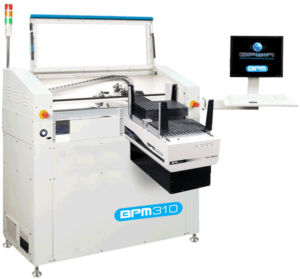 Automated Programming Systems: The automated programming systems offered by BPM Microsystems significantly reduce manual labor; in many cases making it possible to produce several thousand devices per shift, without intensive human intervention. A single machine can often support multiple SMT lines. This not only increases efficiency but also drastically reduces the chance of human error, making the process more reliable and less stressful for operators.
Automated Programming Systems: The automated programming systems offered by BPM Microsystems significantly reduce manual labor; in many cases making it possible to produce several thousand devices per shift, without intensive human intervention. A single machine can often support multiple SMT lines. This not only increases efficiency but also drastically reduces the chance of human error, making the process more reliable and less stressful for operators.- Ease of Use: BPM Microsystems’ user-friendly interface makes device programming easy even for those without extensive technical knowledge. With intuitive controls and clear instructions, users can quickly learn to navigate the system, reducing training time and enabling a faster start to production.
- Automated Z-Height Teach: A standout feature of BPM Microsystems’ solutions is the automated Z-height teach, WhisperTeach™. This greatly streamlines the job set-up process, making it up to 83% faster than traditional human + machine processes. This not only speeds up production with greater uptime but also reduces the possibility of setup errors, ensuring more accurate and efficient programming with a high first-pass yield. BPM was the first company to patent this process and is the only one that provides this game-changing technology on all of its 9th and 10th Generation automated programmers.
- Reliability and Quality: The reliability and high-quality programming of BPM Microsystems’ systems reduce the frequency of errors, making the programming process smoother and easier. Fewer errors mean less time spent troubleshooting and more time dedicated to productive tasks, enhancing overall workflow efficiency.
- Superior Customer Support: With exceptional customer support, BPM Microsystems makes it easy for clients to resolve any issues that may arise during device programming. This means that help is always readily available, reducing downtime and ensuring that the programming process can continue without significant interruptions.
In conclusion, the ease of use provided by BPM Microsystems’ solutions– whether through time savings, improved efficiency, reduced errors, or readily available support– positions them as a leading choice in the device programming industry. Their offerings make device programming not just possible, but straightforward and efficient, allowing businesses to focus on what they do best: creating innovative products powered by expertly programmed devices.
EEEEEEEEEEE AAA SSSSSSSSS YYYYYYY YYYYYY E:::::::::E A:::A SS:::::::::S Y:::::Y Y:::::Y E:::::::::E A:::::A S:::::SSSS:::::S Y:::::Y Y:::::YY EE::::EEEEE A:::::::A S:::::S SSSSS Y::::::Y Y::::::Y E:::::E A:::::::::A S::::S Y:::::Y Y::::YY E:::::E A:::::A:::::A S:::::S Y:::::Y Y:::::Y E:::::EEEEE A:::::A A:::::A S::::SSSS Y:::::Y:::::Y E:::::::::E A:::::A A:::::A SS::::::SSSSS Y:::::::::Y E:::::::::E A:::::A A:::::A SSS::::::::SS Y:::::::Y E:::::EEEEEA:::::AAAAAAAAA:::::A SSSSSS::::S Y:::::Y E:::::E A:::::::::::::::::::::A S::::S Y:::::Y E:::::E A::::::AAAAAAAAAAAAA:::::AS S:::::S Y:::::Y EE::::EEEEE:::::A A:::::ASSSSSSSSS:::::S Y:::::Y E:::::::::E::::A A:::::AS::::::SSSSSS Y:::::Y EEEEEEEEEEEAAAA AAAAAAASSSSSSSSSS YYYYYYY
EEEEE AA SSSSS YY YY EE AAAA SS YY YY EEEEE AA AA SSSSS YYY EE AAAAAAAA SS YYY EEEEE AA AA SSSSS YYY
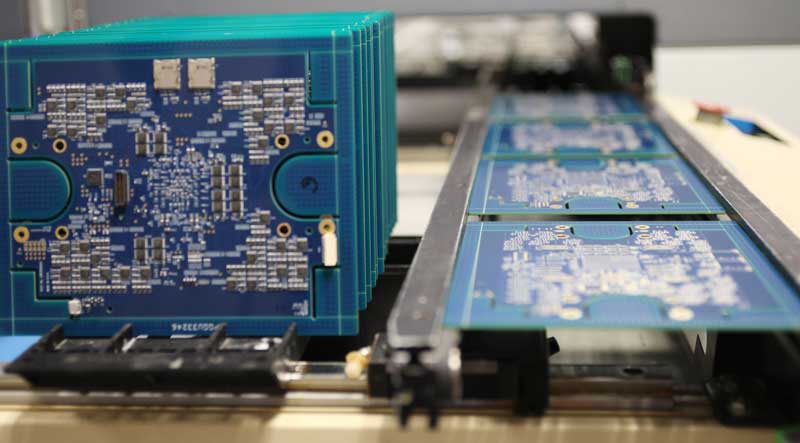
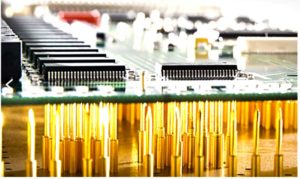
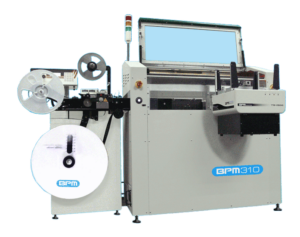 Automated Offline Programming
Automated Offline Programming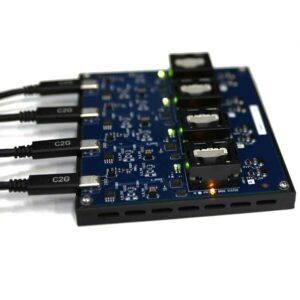 Device programming kits are tools used to program individual semiconductor devices. This programming method allows for individual device programming and prototyping. However, development kits can be slower than other methods and require manual device handling, which can be time-consuming and error-prone. If a prototype goes into full production, other methods should be explored, which will require first article proofing for the production programmer.
Device programming kits are tools used to program individual semiconductor devices. This programming method allows for individual device programming and prototyping. However, development kits can be slower than other methods and require manual device handling, which can be time-consuming and error-prone. If a prototype goes into full production, other methods should be explored, which will require first article proofing for the production programmer.